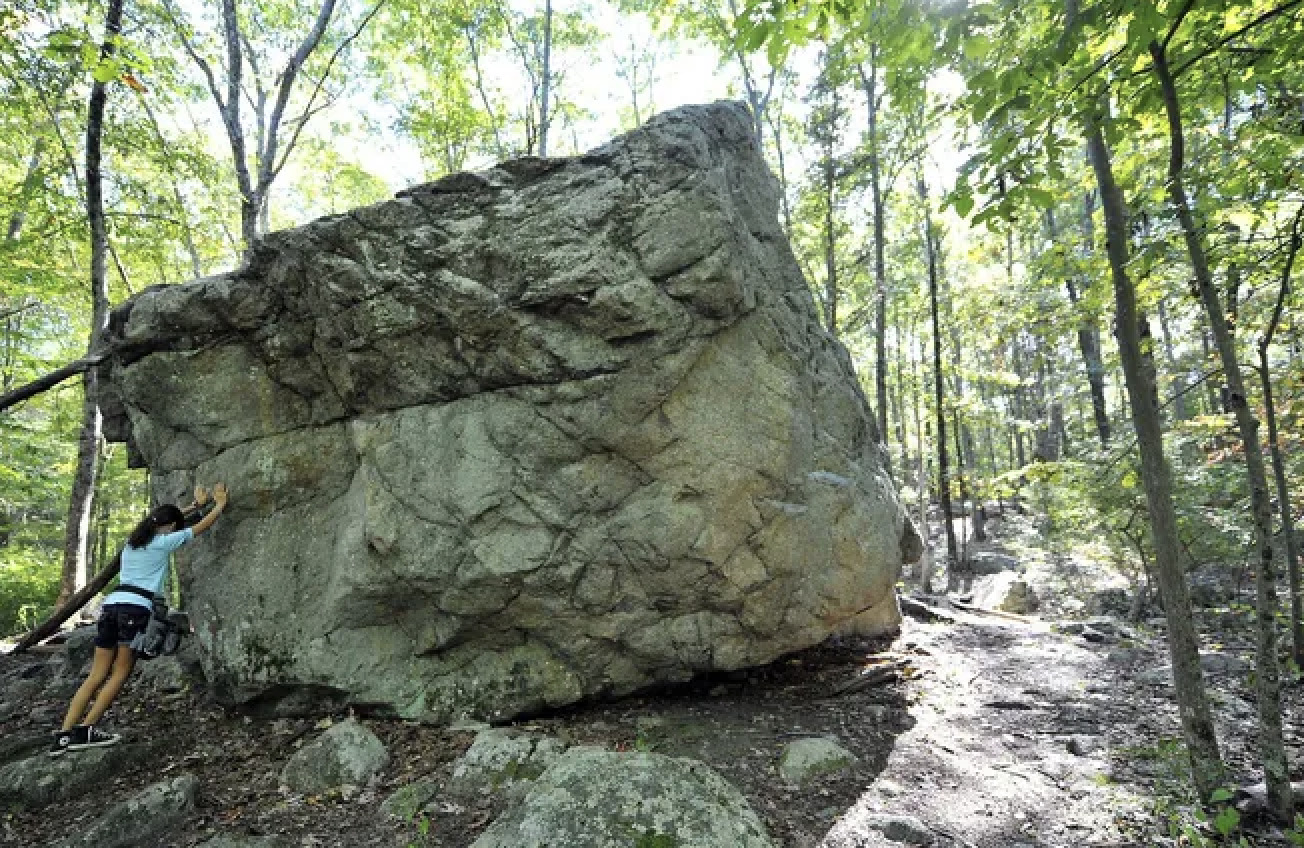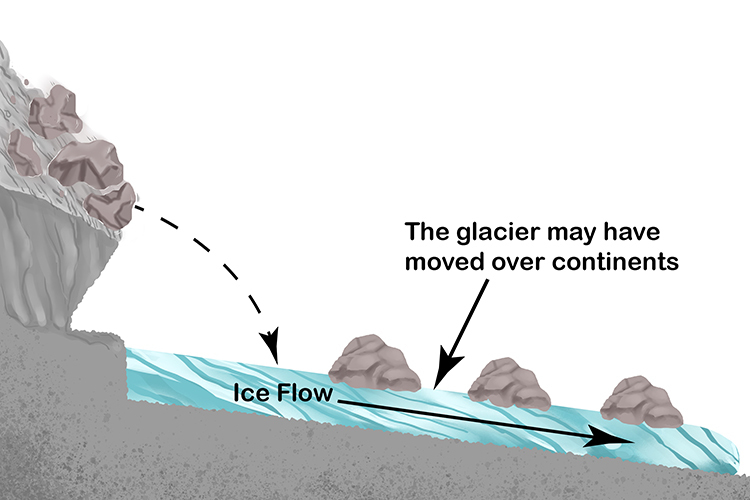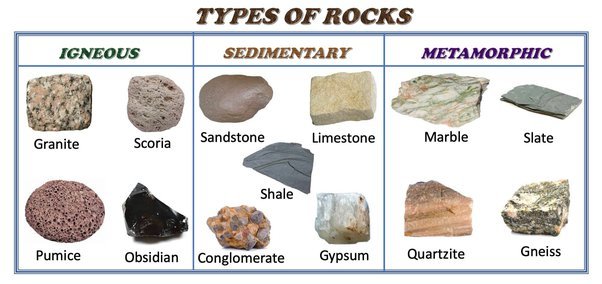Ames Boulder can be found at Borderland State Park. It is a short walk from the main parking lot.

During the last ice age, which ended around 11,700 years ago, massive glaciers covered much of North America, including parts of what is now Massachusetts. Glaciers are incredibly powerful agents of erosion and transportation. As they moved, they picked up rocks and debris from the landscape, sometimes as large as houses. These rocks, called erratics, were carried along with the ice as it advanced and retreated. The rocks deposited as typically different from the type of rock often found in an area, such as a large metamorphic boulder in an area that is primarily composed of sedimentary rock.

There is a way to determine the type of rock that these erratics are by closely examining them. Igneous rocks typically display crystals and various textures. Sedimentary rocks often show distinct layering, contain structures like fossils or ripple marks, and varied grain sizes. Metamorphic rocks commonly exhibit different layers, recrystallization, and distinct minerals, often with banding textures. By recognizing these characteristics, one can identify the rock type and infer its geological history.

As the glaciers moved, they carved out valleys and shaped the land. When the climate warmed and the glaciers began to melt, they deposited the rocks they were carrying, including the erratics, in various locations. These deposits are called moraines.
There is a difference between moraines and rock piles, which are often called cairns. These man-made formations crafted by stacking rocks atop one another, serving as markers or trail guides. They are intentionally built and typically modest in scale, standing only a few feet tall at most.
Conversely, moraines are natural features formed by glaciers as they advance or retreat, consisting of ridges of sediment and rock debris deposited along their paths. Moraines vary in size, stretching for considerable distances and comprising a mix of boulders, gravel, sand, and clay. Unlike rock piles, which are human constructions, moraines are geological formations shaped by glacial activity over extended periods.
In the case of Massachusetts, the glaciers that covered the region came from the north and northwest. As they melted and retreated, they left behind a variety of glacial deposits, including erratics. These erratics can be found scattered throughout the landscape of Massachusetts, sometimes in areas far removed from their original source.
The presence of erratics in Massachusetts serves as evidence of the powerful forces of glaciation that once shaped the region's landscape. They also provide valuable clues for scientists studying past climates and geological history.
Logging Requirements
1. Examine Ames Boulder. Based on appearance, would you classify this erratic as an igenous, sedimentary or metamorphic rock? Please give evidence to support your answer.
2. Examine the surrounding area. What evidence of glacial movement is in surrounding rocks/terrain? Are the rocks similar in texture/color of Ames Boulder, or do they vary in some way?
3. Locate some of the small rock outcroppings nearby. Would you consider these rock clusters as moraines or rock piles created by hand by visitors? Please support evidence to support your claim, and keep in mind the texture of these rocks versus that of the boulder.
4. Please post a photo of you or a geocaching item in front of the rock. If you do not want to post the photo, please send it to me through the geocaching message feature.